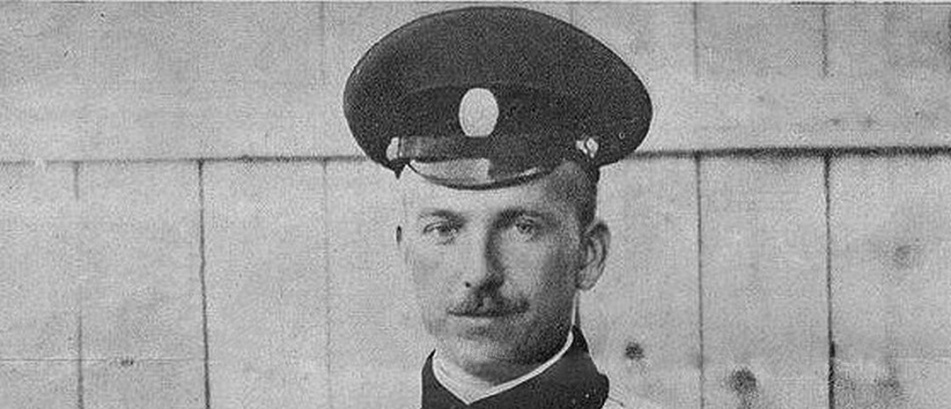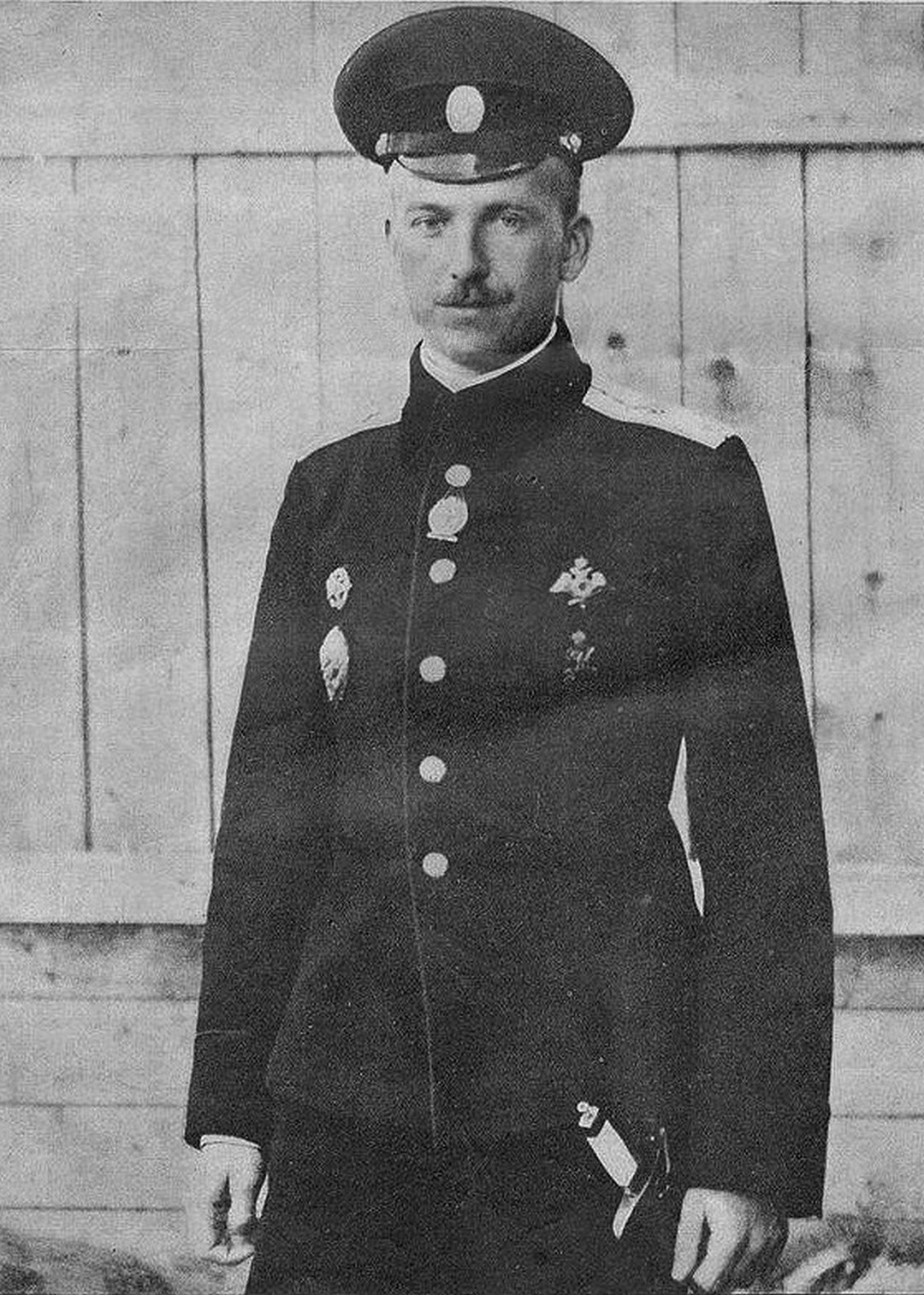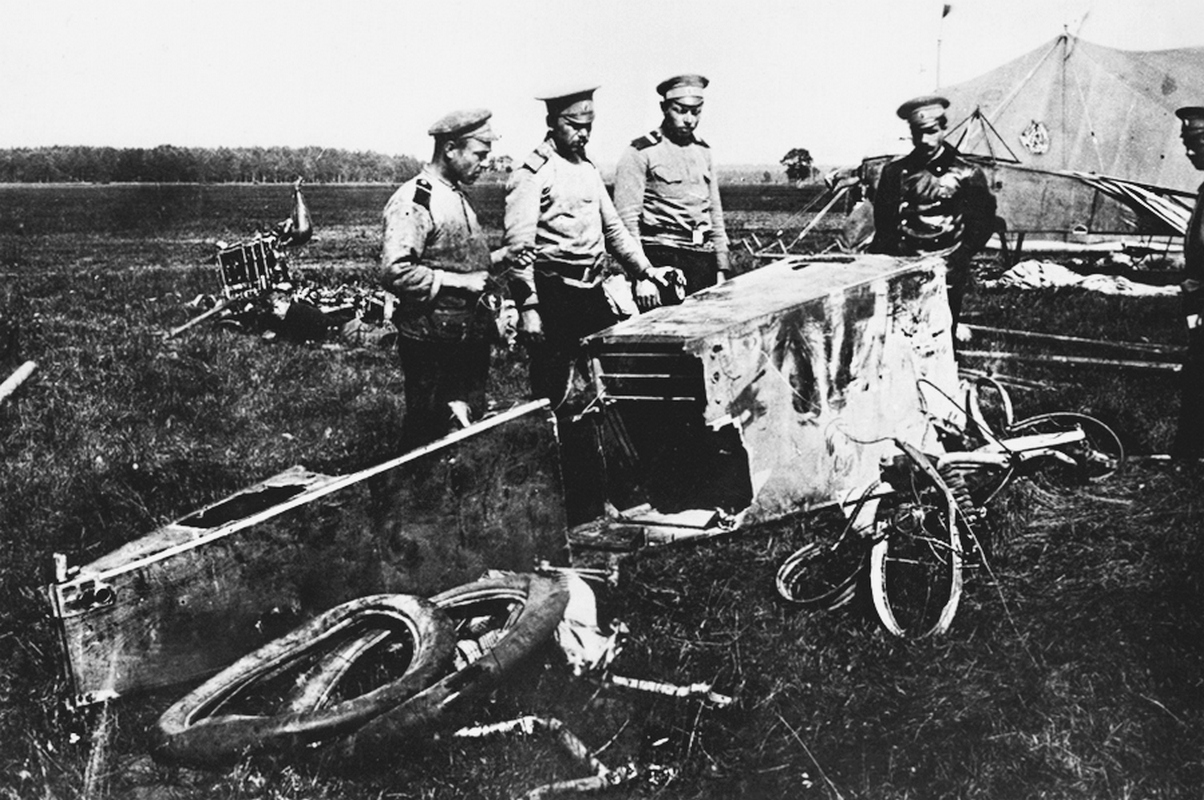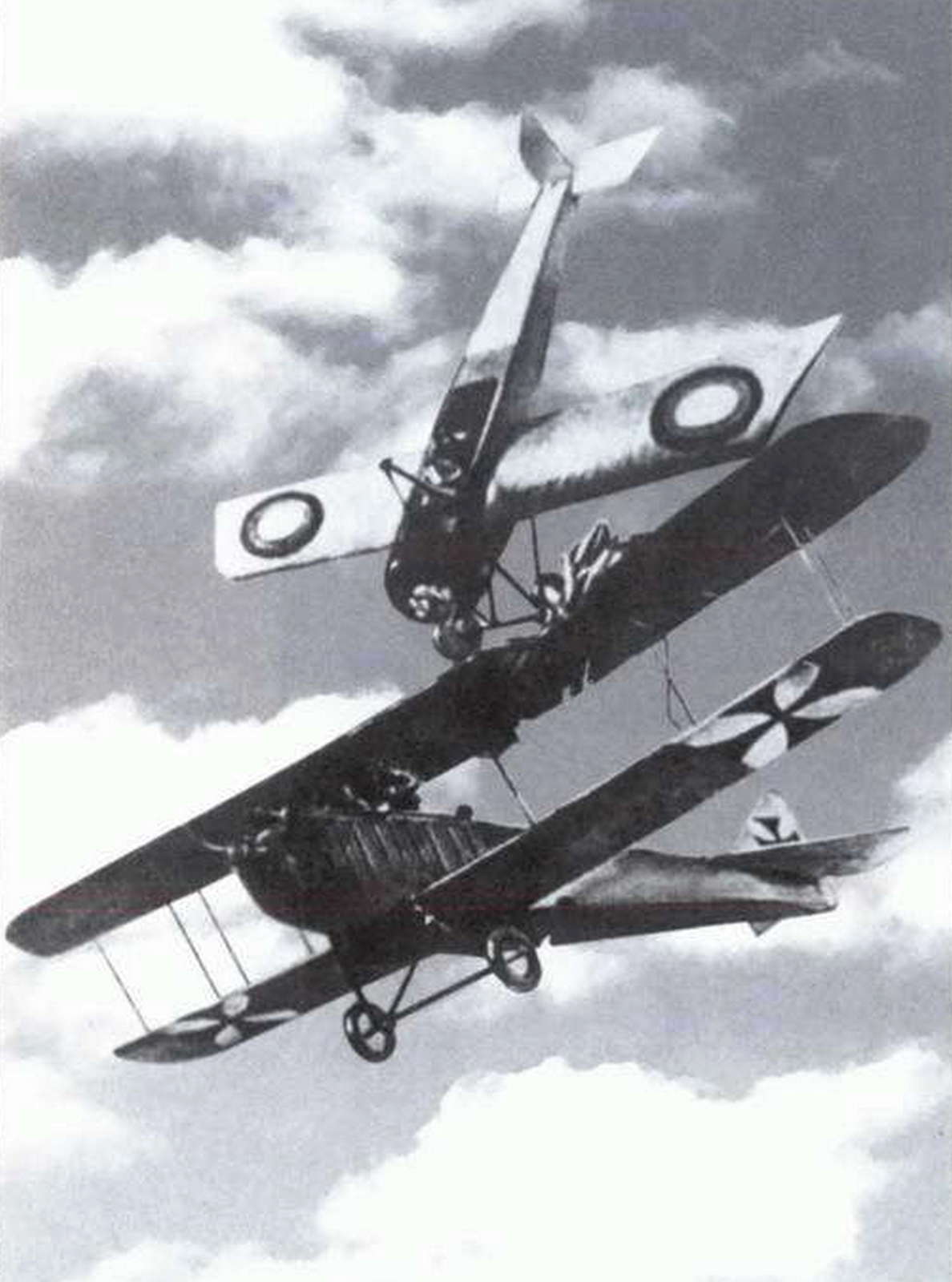The World's First Aerial Ramming

On September 8th, the world commemorates 110 years since the first aerial ramming. On that day in 1914, the famous aviator Pyotr Nesterov executed this maneuver in the skies over Ukraine. Nearly a year prior, he had been the first in the world to perform the "loop-the-loop," a feat documented separately on our website.
At the beginning of World War I, Staff Captain Nesterov led the 11th Corps Aviation Squadron, equipped with light monoplanes "Nieuport IV" and "Moran G". He and his unit were deployed to the Southwestern Front and participated in combat operations in the Lviv region. At that time, aviation's primary role was reconnaissance, and aircraft were not yet armed.
The enemy also used aviation for reconnaissance. Biplanes from the Flik 11 air unit of the Austro-Hungarian Empire’s Imperial and Royal Air Force frequently appeared over Russian positions. According to a widespread version, Nesterov pledged to the command that he would put an end to these flights. Witnesses report that he did not exhibit any suicidal tendencies.
On September 8, an Austrian Albatros B.II appeared again over the Galician village of Volya-Vysotska, near the town of Zhovkva. Nesterov quickly took to the skies. His "Moran" had a slight speed advantage over the enemy aircraft and was almost three times lighter. Thanks to the superior dynamics and maneuverability of his plane, Nesterov managed to intercept the Albatros and positioned himself for an attack. He intended to strike the enemy aircraft’s upper wing or damage the propeller with the wheels of his "Moran". It is unclear why, but the impact turned out to be too strong.
Several versions of the subsequent events exist in the literature. For example, General Quartermaster of the 3rd Army, Mikhail Bonch-Bruevich, recalled: "…The enemy aircraft, tumbling and turning, rapidly spiraled downwards, and I could have sworn I saw it break apart in the air. For a moment, we all thought the fight was a complete victory for our pilot and awaited his safe landing… Suddenly, I saw a tiny figure of the pilot falling out of the Russian plane and speeding downwards, overtaking the falling machine. It was Nesterov, ejected from the wrecked aircraft. Our aviation did not yet know about parachutes…"
It is likely that Nesterov was ejected due to the impact, as pilots at the time did not use seat belts. There is also a well-founded assumption that he was already dead, having struck his head violently against the cockpit's canopy. The Austrian crew, including observer Baron Friedrich von Rosenthal and pilot Franz Malina, also perished.
Before the war, Nesterov lived in Kyiv, where his wife and two children remained. He was buried in Kyiv at the prestigious Askold's Grave Cemetery. In 1934, during the relocation of the Ukrainian SSR's capital from Kharkiv to Kyiv, this cemetery was barbarically dismantled and replaced with a city park. Only some graves were moved to other cemeteries. Thus, Pyotr Nesterov’s grave ended up at the Lukyanivka Civil Cemetery, where it remains to this day.

 Fan-page
Fan-page Youtube
Youtube TikTok
TikTok Aviamuseum
Aviamuseum State Aviation Museum
State Aviation Museum


